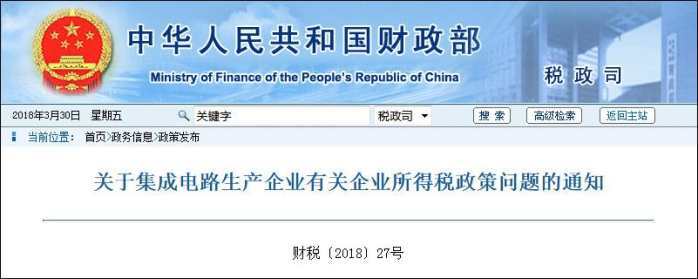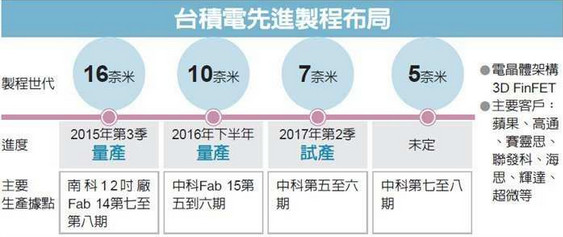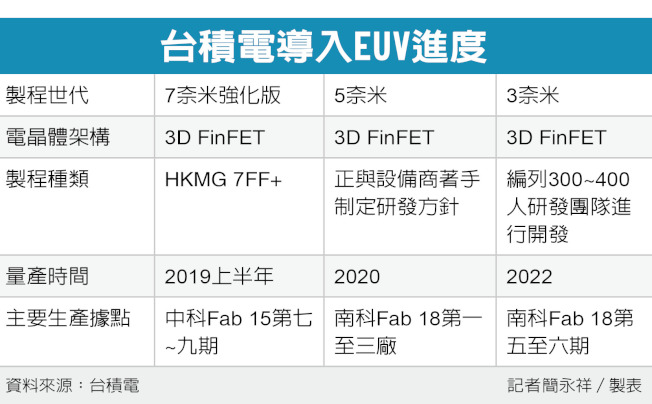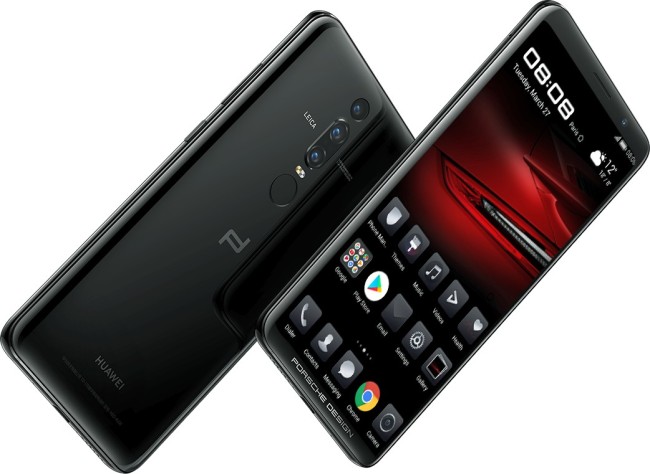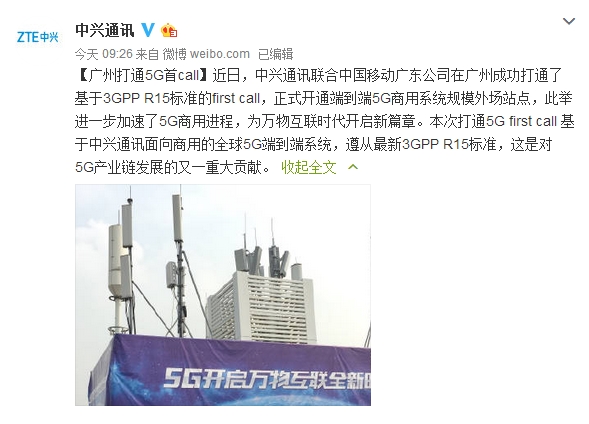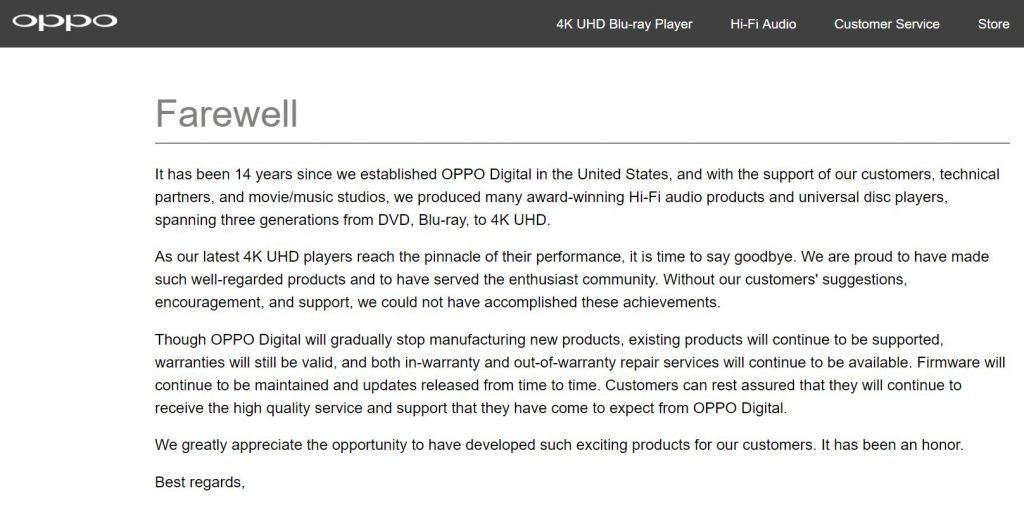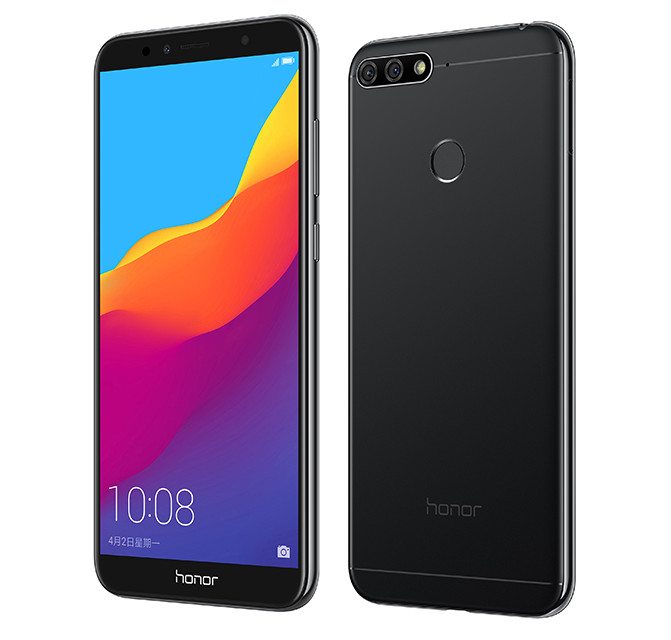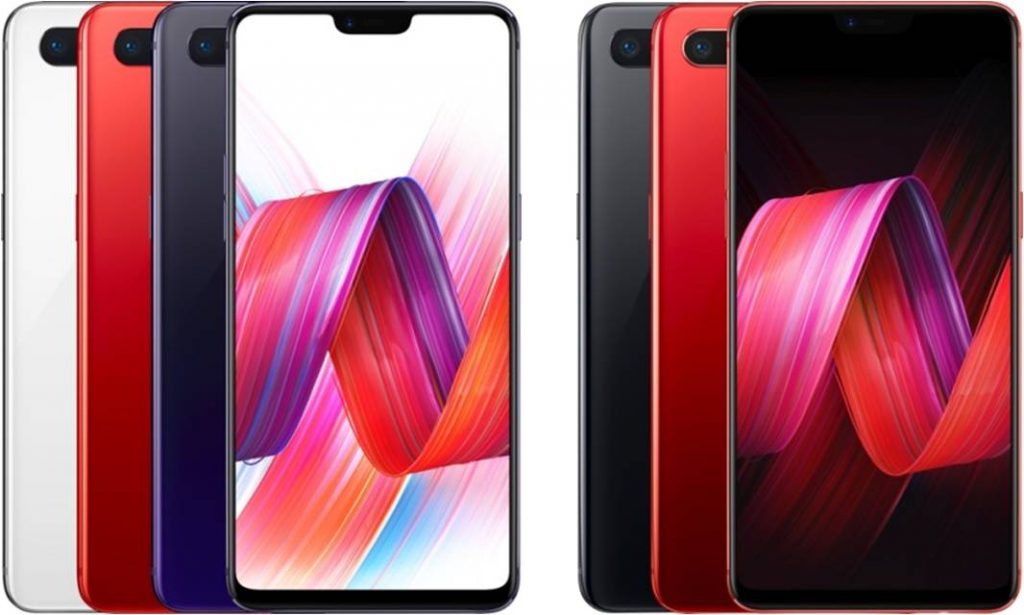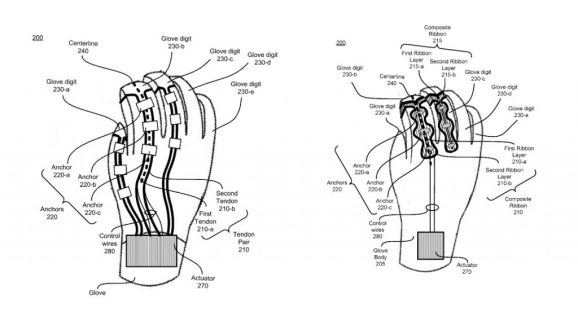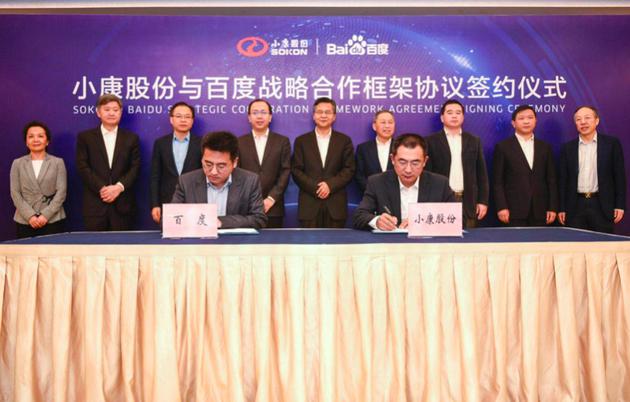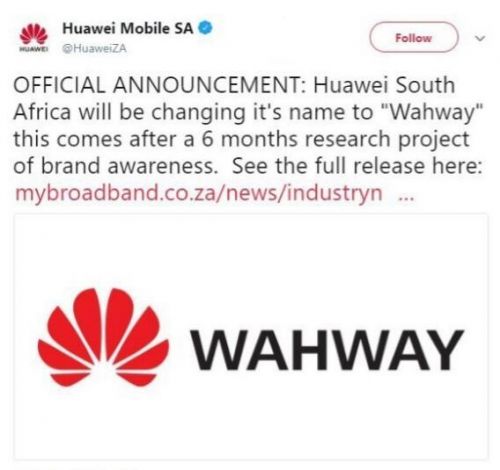
04-03: LG Display (LGD) is reportedly going to supply OLED displays to Huawei; Huawei is changing its name to “WahWay”; etc.
Chipsets
China is tempting chipmakers with tax cuts amid trade-related tensions with the United States. The new framework is set to go into effect on 1 Jan 2018, allowing semiconductor companies to be exempted from tax for up to 5 years and only pay half of the current 25% rate over the following 5 years. (Android Headlines, CNBC, Bloomberg, Sohu, NBD, Reuters CN)
TSMC plans to complete 7nm trial production line, to pull in 1 quarter. Apple asks TSMC to use extreme ultraviolet lithography (EUV) in 2019, and TSMC CEO Liu Deyin has revealed that TSMC will first use EUV on advanced 7nm, and will fully use on 5nm. (CN Beta, China Times, UDN)
Apple is reportedly planning to use its own chips in Mac computers beginning as early as 2020, replacing processors from Intel. The initiative, code named Kalamata, is still in the early developmental stages, but comes as part of a larger strategy to make all of Apple’s devices—including Macs, iPhones, and iPads—work more similarly and seamlessly together. (Bloomberg, Caijing, CN Beta)
Touch Display
OSRAM Opto Semiconductors has recently entered into a technology and patent license agreement with X-Celeprint. The agreement covers X-Celeprint’s micro transfer printing technology. With this technology, OSRAM will be able to develop LED products meeting the requirements for more and more functionality on very small areas. (TechNews, LEDInside, LEDInside, X-Celeprint, Osram)
According WitsView, Apple has initiated the trend of OLED panels, and it is estimated that the penetration rate of OLED panel in smartphones will reach 46% by 2021. Mini LED is overwhelmed by OLED’s technology maturity and competitive costs, so it might be hard for Mini LED to grow in the smartphone market in short term. Taking a 5.5” hard OLED panel as an example, the cost is around USD17~18; but for a Mini LED backlight panel of the same size and the same resolution, the costs may double and reach USD35~40. (Android Headlines, TrendForce, press, TrendForce[cn])
LG Display (LGD) is reportedly going to supply OLED displays to Huawei. Huawei decided to use LG Display’s flexible OLED for ‘Mate RS’—6” QHD+ 2880×1400 flexible OLED with under-display fingerprint. (ET News, Gizmo China, The Investor, Sina)
Apple is gearing up efforts developing micro LED panels for both small-size and large-size applications and has received support from TSMC, according to Digitimes Research’s analyst Luke Lin. Apple is working with TSMC to develop micro LED panels on silicon-based backplanes for use in the Apple Watch and an augmented reality (AR) wearable device. (CN Beta, 9to5Mac, The Inquirer, Digitimes, press, Bloomberg)
Connectivity
ZTE Communication has announced that it has successfully made the first phone call based on 3GPP R15 standard in Guangzhou. This is the first domestic 5F phone call, a result of collaboration between ZTE Communication and China Mobile Guangzhou. (CN Beta, My Drivers, Tencent, iFeng, Fonow)
Phones
Having conducted a meticulous and fairly exhaustive inventory of the contribution of ICT – including devices like PCs, laptops, monitors, smartphones and tablets – and infrastructure like data centers and communication networks, McMaster University, Canada has found that the relative contribution of ICT to the total global footprint is expected to grow from about one percent in 2007 to 3.5% by 2020 and reach 14% by 2040. (Laoyaoba, Phys, The Quint, Science Direct, Daily Mail)
Google reportedly plans to launch a mid-range Pixel smartphone focused on price-sensitive markets such as India around Jul-Aug 2018, and its next flagship Pixel smartphone may hit the market around Diwali. (Android Central, Economic Times, IT Home, My Drivers)
LG’s upcoming smartphone, probably called the G7, will reportedly have a dedicated artificial intelligence (AI) button and a rear camera with f/1.5 aperture. The device will be reportedly unveiled in Seoul at the end of Apr 2018 and will be released (in Korea) in mid-May. (Android Authority, ET News, iGeek)
Huawei is changing its name to “WahWay”, which is much easier to pronounce, particularly in a multilingual country like South Africa. The name change came after a consumer study conducted over a 6-month period and surveyed participants from 43 countries. (CN Beta, Fin24)
OPPO’s subsidy OPPO Digital, the 14-year-old US brand known for its high-end audio equipment and disc players, says it has begun winding down its business. From 2 Apr 2018, OPPO Digital says it will “gradually” stop making products like the PM3 headphones, and DVD, Blu-ray, and 4K UHD disc players. (CN Beta, IT Home, The Verge, Channel News, OPPO)
Huawei Honor 7A is launched in China – 5.7” 1440×720 HD+ 2.5D, Qualcomm Snapdragon 430, rear dual 13MP – 2MP + front 8MP, 2/3GB + 32GB, Android 8.0, rear fingerprint scanner, face unlock, 3000mAh, CNY799 / CNY999. (Android Headlines, Sohu, CN Beta, CNMO)
OPPO R15 and R15 Pro are official in China, featuring 6.28” 2280×1080 FHD+ notch, 6GB+128GB, Android 8.1 (ColorOS 5.0): R15 – MediaTek Helio P60, rear dual 16MP-5MP + front 20MP, 3450mAh, CNY2,999. R15 Pro – Qualcomm Snapdragon 660, rear dual 16MP-20MP + front 20MP, 3400mAh, CNY3,299. (Liliputing, SlashGear, Android Community)
Wearables
USPTO has published 2 patent applications from Oculus VR for haptic VR glove technology. Oculus’s Actuated Tendon Pairs are flexible tendons that stretch across the bends in the digits of a pair of gloves. The gloves also include an actuator motor that controls the movement of the tendons to add resistance to finger movements to simulate real objects in VR. (VentureBeat, Upload VR, Tom’s Hardware, Sina, 51Touch)
Internet of Things
Google Home and Google Home Mini are finally set to arrive in the Indian market in Apr 2018. Based on communication shared by Redington India with its retail partners, Google has scheduled the launch of its smart speakers in the country in Apr 2018. (GSM Arena, NDTV, Android Central, Gizmo China, JRJ, TechRadar)
Baidu has signed a strategic collaboration with China Chongqing Sokon Industry Group, both companies will work together on self-driving, connected car, cloud service, etc. segments. Sokon has announced to become a partner for Baidu’s Apollo self-driving partners. (CN Beta, Kaixian, 36Kr, China Money Network)
Remarks made by Google VP Rishi Chandra have strongly suggested that the company has not given up on plans to release its own smart display device. (Variety, Digital Trends, Sohu)
